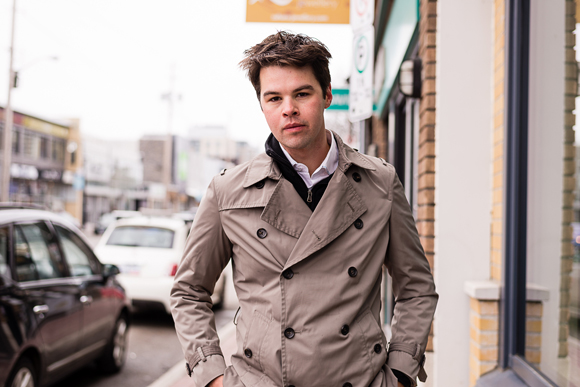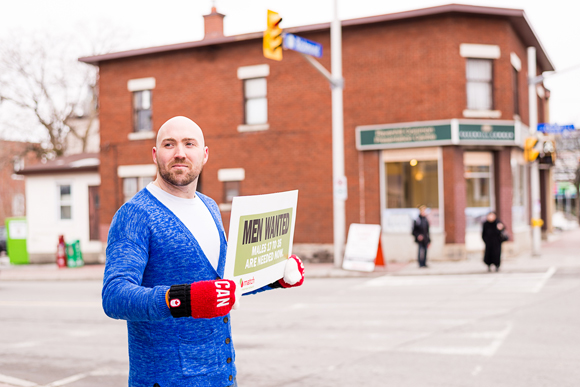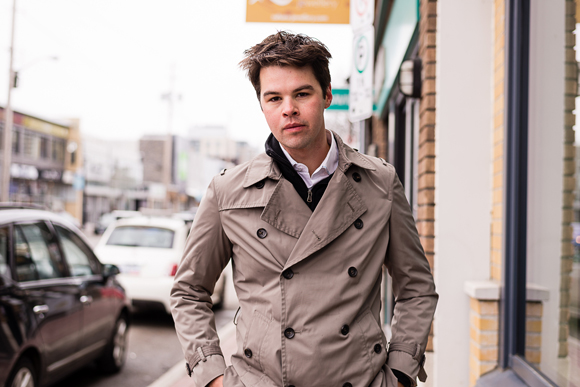By Ted Simpson –
The community came out in droves to Gezellig restaurant on March 29, but it wasn’t for the food and wine, it was for the opportunity to save a stranger’s life.

Gezellig owner Steven Beckta organized the “Swab-a-Thon” to raise awareness of the importance of stem cell donation. The name of the event comes from the process of submitting a sample for the stem cell database and it is as simple as rubbing four long cotton swabs on the inside of your mouth.
The catalyst for Beckta’s Swab-a-Thon was a recent turn of fate for his good friend, Allen Carpenter. Carpenter was diagnosed with Acute Lymphoblastic Leukemia (ALL) – a condition most common in children. An adult case is very rare. In addition, a genetic abnormality in Carpenter’s condition has left him without a stem cell match in a database of 22 million donors.
By 10:00 a.m., a steady flow of people was moving through the swabbing stations supported by a team of volunteers. “We’ve had a huge turnout, the support has been wonderful and the community is behind us,” says Beckta.
The purpose of this event goes beyond just this one case, as everyone who submitted a sample is now part of the stem cell database and is able to donate to anyone who is a match.

“In the grandest form we are doing this for anyone who needs stem cells,” said Beckta. “The odds of us finding a match for Al today are miniscule.”
Only 1 in 200 people who submit samples are called upon to donate, and in most cases the process is as simple as giving blood. The process involves blood being drawn, the stem cells filtered out and the blood returning to the donor’s body. In rare cases, the cells are extracted from the bone via a needle to the hip.
Donors have to be between the ages of 17 and 35 and in good health. Men are needed the most as their bodies produce the optimum amount of stem cells.
Anyone can register to donate at onematch.ca. A kit is sent to your house and process involves swabbing inside of your cheeks, putting the swabs into an envelope, and sending it back to One Match.
“It’s the greatest bang for buck in terms of saving someone’s life,” says Beckta.
